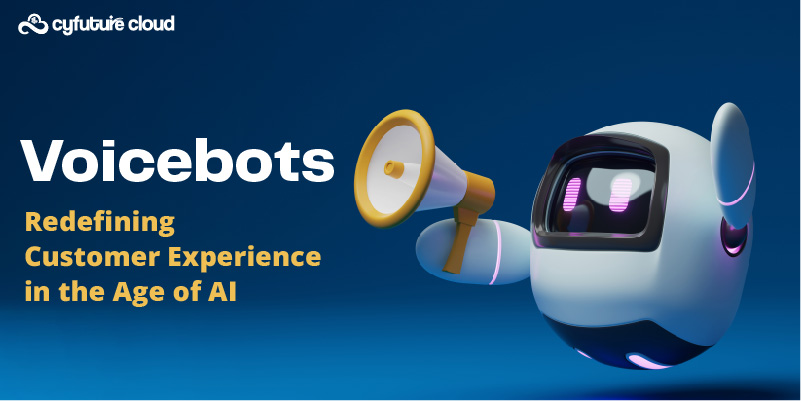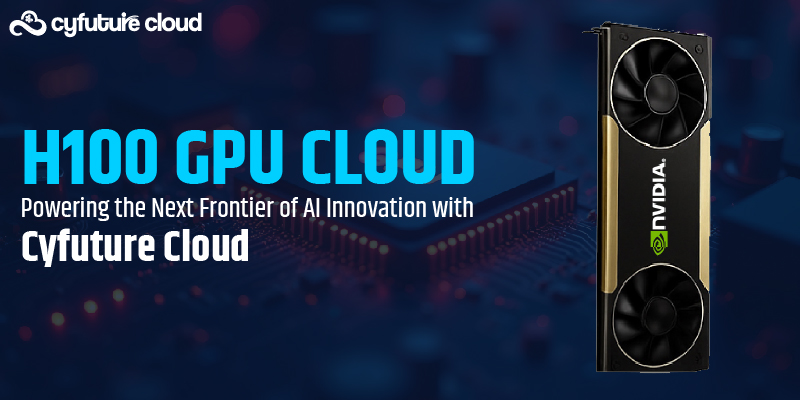Table of Contents
Introduction:
In the world of cloud computing, where flexibility and efficiency reign supreme, the concept of multi-tenancy plays a pivotal role in shaping how resources are managed and utilized. Simply put, multi-tenancy in cloud computing refers to a model where a single instance of software or infrastructure serves multiple customers, known as tenants, simultaneously.
This approach optimizes resource utilization by allowing different organizations or users—each referred to as a tenant—to share a common cloud infrastructure securely. Each tenant accesses the cloud resources as if they were operating in their isolated environment, maintaining privacy and security through strict segregation of data and computing resources.
Multi tenancy in cloud computing enables service providers to deliver cost-effective solutions, leveraging economies of scale while providing scalability and flexibility to tenants. It contrasts with single-tenancy models, where each tenant has dedicated resources, potentially leading to underutilization and increased costs.
Throughout this blog, we will delve deeper into what is multi tenancy in cloud computing entails, exploring its benefits, challenges, and real-world applications.
So, let’s get started!
What is Multi Tenancy in Cloud Computing
In cloud computing, multi-tenancy is a model where a single instance of a software application or infrastructure serves multiple users or “tenants.” Logically, it appears as if each user has their own dedicated system, but in reality, they share underlying resources like servers, databases, or storage. This approach optimizes resource utilization and cost-effectiveness while maintaining security, data isolation, and customization for each tenant. Logs in a multi-tenancy environment typically capture information related to user activities, system events, and operational data, ensuring traceability and visibility while keeping data segregated for each tenant’s privacy and security.
Multitenancy can be understood by picturing how banking operates. Even though their assets are housed in the exact location, multiple persons can put their money in the same bank and keep them fully distinct. The bank’s clients do not communicate, have access to one another’s funds, or even know one another exists.
Multitenancy in the context of cloud computing refers to the simultaneous use of computing resources by numerous clients of a cloud vendor. Although cloud customers share resources, they are unaware of one another, and their data is kept completely separate. Cloud computing relies heavily on multitenancy; without it, cloud services would be much less useful.
Key aspects of multi-tenancy in cloud computing:
| Aspect | Description |
|---|---|
| Definition | Model where a single instance of software or infrastructure serves multiple users (tenants) concurrently. |
| Resource Sharing | Shared use of underlying resources like servers, databases, storage, and networking across multiple tenants. |
| Isolation | Ensures logical and often physical separation of data and operations, maintaining privacy and security. |
| Customization | Enables customization and configuration for each tenant’s specific requirements within a shared environment. |
| Efficiency | Optimizes resource utilization, reducing costs by allowing resources to be shared among multiple tenants. |
Even though their assets are housed in the exact location, multiple persons can put their money in the same bank and keep them fully distinct. The bank’s clients do not communicate, have access to one another’s funds, or even know one another exists. Similar to private cloud computing, public cloud computing allows users to access the same servers and infrastructure as the cloud vendor while maintaining the privacy and security of their data and business logic.
A single software instance* that provided services to several users, or tenants, was the traditional definition of multitenancy.

In contrast, the word now refers to shared cloud infrastructure as opposed to just a shared software instance in contemporary cloud computing.
Cloud computing: What is it?
Applications and data are stored on remote servers located in various data centers and accessed through the Internet in cloud computing. Instead of being stored on individual client devices (such as laptops or smartphones) or in servers inside a company’s headquarters, data and apps are centrally located in the cloud.
Since many contemporary programs are cloud-based, a user can access their Facebook account and post information from several devices, for instance.
What advantages does multitenancy offer?
Multitenancy makes a lot of the advantages of cloud computing available. Two significant ways that multitenancy enhances cloud computing are as follows:
Better utilization of resources: One machine dedicated to one tenant is inefficient because it is unlikely that that tenant will utilize the entire computing capacity of the machine. The use of resources is maximized by sharing machines across several renters.
Cheaper costs: A cloud vendor may provide services to many clients at a far lower cost than if each customer needed their own dedicated infrastructure. This is because several customers can share resources.
| Advantages of Multitenancy: |
|
| Disadvantages of Multitenancy: |
|
What disadvantages does multi-tenancy have?
Issues with compliance and potential security risks: Regulatory requirements may prevent some businesses from storing data in shared infrastructure, regardless of how secure it is. Additionally, if the cloud vendor has configured their infrastructure properly, security issues or corrupted data from one tenant may not propagate to other tenants on the same server due to the rarity of such occurrences. The fact that cloud vendors are often able to invest more in their security than individual firms can help to partly alleviate these security threats.
The “noisy neighbor” effect: If one tenant is utilizing excessive computing resources, this could affect how well the other tenants perform.
How does multiple tenancy function?
Here, we’ll look more closely at the technical concepts that enable multi-tenancy across various cloud computing models.
In-Public Cloud Computing
Imagine having a unique automobile engine that many different cars and car owners could readily share. Every automobile owner has slightly varied expectations for how the engine should perform: some demand a potent 8-cylinder engine, while others demand a more fuel-efficient 4-cylinder engine. Imagine that this unique engine had the ability to change itself at each startup in order to better serve the needs of the automobile owner.
Multitenancy is implemented in a manner akin to this by several public cloud service providers. Multitenancy is typically referred to as a shared software instance by cloud providers. They keep metadata* about every tenant and utilize this information to modify the software instance at runtime to satisfy the requirements of every tenant. Through permissions, the tenants are separated from one another. Despite the fact that they all use the same software instance, they all use and interact with it differently.
In-Container architecture
Containers are self-contained software packages that contain an application, system libraries, system settings, and any other components required for the application to function. No matter where it is hosted, an application will run the same thanks to containers.
Each container operates as if it were the only system running on the host machine. Containers are partitioned from one another into various user space environments. Multiple containers built by several cloud customers can operate on a single host computer because containers are self-contained units.
The use of serverless computing
In the serverless computing model, applications are divided into smaller units called functions, and each function only executes when necessary, independently from the others. (This cloud computing approach is often referred to as FaaS or Function-as-a-Service.)
Serverless operations, as their name suggests, execute on any computer that is available in the architecture of the serverless provider rather than on dedicated servers. Serverless services frequently run code from several of their customers on a single server at any same time due to the fact that corporations are not granted their own distinct physical servers, which is another kind of multitenancy.
Take Away:
With any cloud deployment, including multi-tenancy in cloud computing, Cyfuture stands out as a leading cloud hosting company in India. They specialize in ensuring data security and optimizing online properties for speed.
Cyfuture Cloud’s comprehensive product stack enhances website security, reliability, and performance across diverse cloud infrastructures. Discover how Cyfuture seamlessly integrates with various cloud installations to maximize efficiency and scalability. Whether you’re exploring multitenancy in cloud computing or seeking robust cloud solutions, Cyfuture’s expertise ensures your business operates at its best in the cloud environment.
Trust Cyfuture to safeguard your data and accelerate your online presence with its innovative cloud hosting services.
Recent Post
Send this to a friend

 Server
Colocation
Server
Colocation CDN
Network
CDN
Network Linux
Cloud Hosting
Linux
Cloud Hosting Kubernetes
Kubernetes Pricing
Calculator
Pricing
Calculator
 Power
Power
 Utilities
Utilities VMware
Private Cloud
VMware
Private Cloud VMware
on AWS
VMware
on AWS VMware
on Azure
VMware
on Azure Service
Level Agreement
Service
Level Agreement 



















